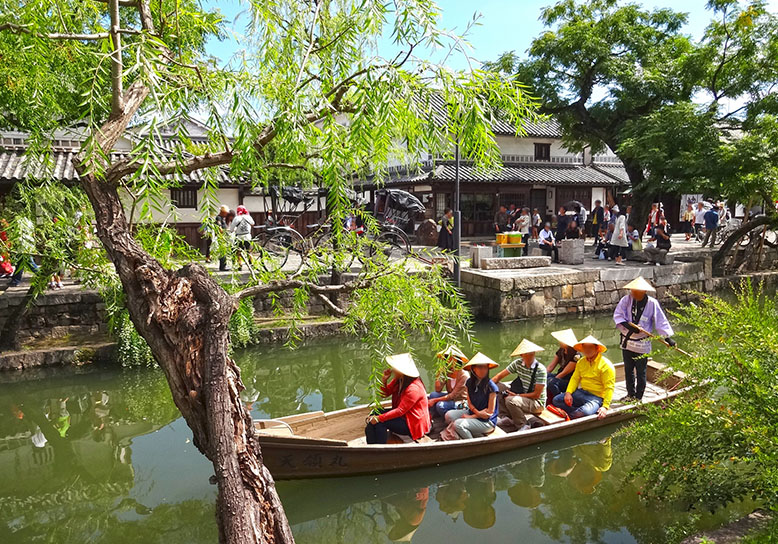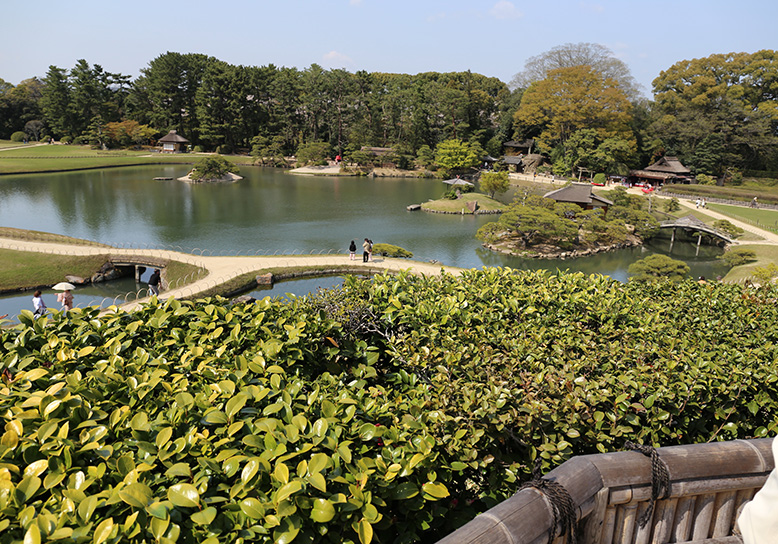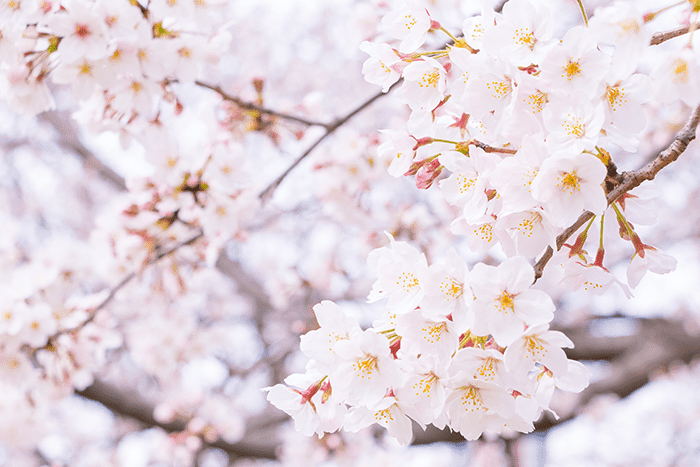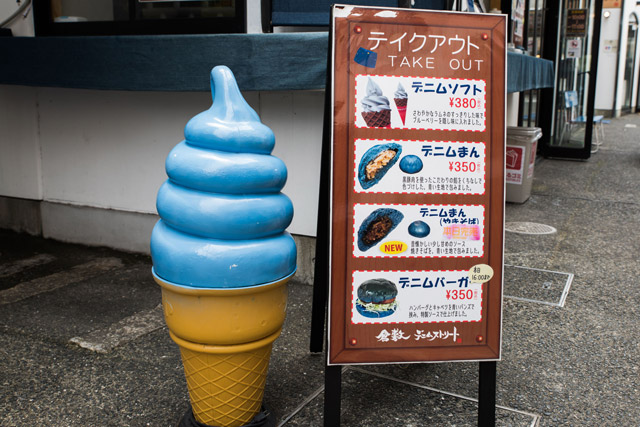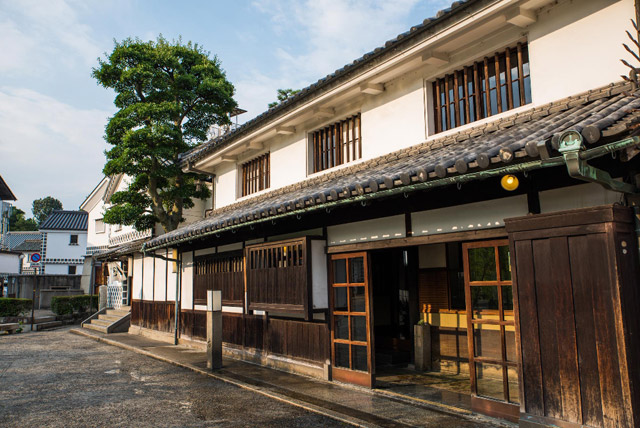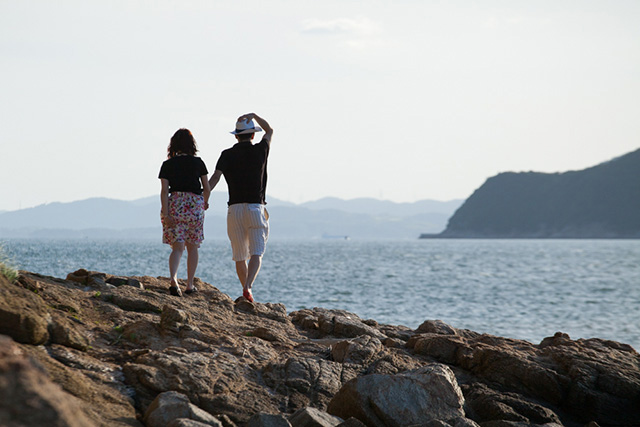
-
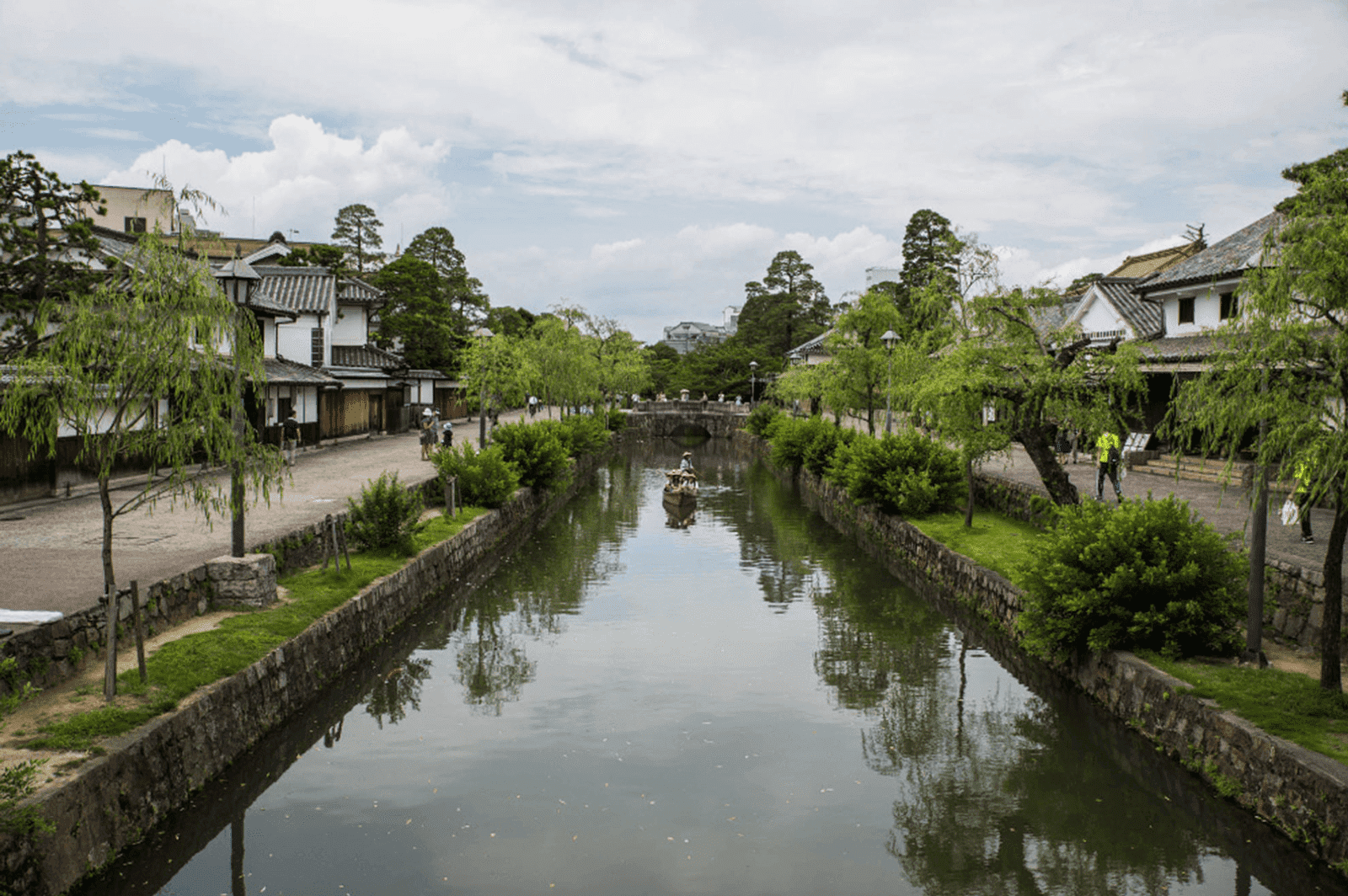
-
 Okayama Korakuen
Okayama Korakuen
-
 Okayama Castle, Castle Tower
Okayama Castle, Castle Tower
-
 Ohara Museum of Art
Ohara Museum of Art
-
 Kibitsu-jinja Shrine
Kibitsu-jinja Shrine
-
 Tsuyama Castle (Kakuzan Park)
Tsuyama Castle (Kakuzan Park)
-
 Kibitsuhiko-jinja Shrine
Kibitsuhiko-jinja Shrine
-
 Achi-jinja Shrine
Achi-jinja Shrine
-
 Saijo Inari (Saijo Inari-san Myokyoji Temple)
Saijo Inari (Saijo Inari-san Myokyoji Temple)
-
 Kurashiki Bikan Historical Quarter
Kurashiki Bikan Historical Quarter
-
 Brazilian Park Washuzan Highland
Brazilian Park Washuzan Highland
-
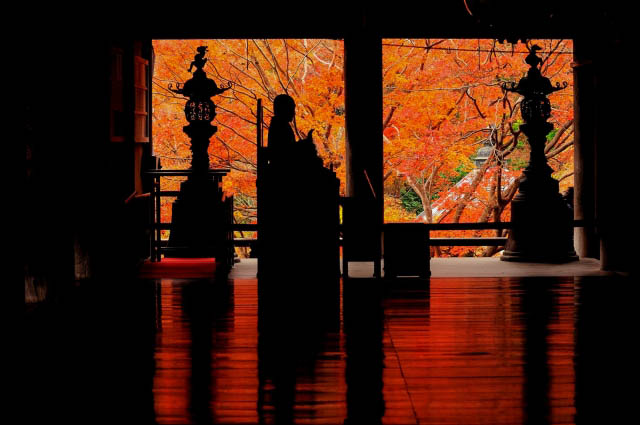 Unmissable Autumn Leaf-viewing spots in Japan
Unmissable Autumn Leaf-viewing spots in Japan
-
 15 Best Cat Island Across Japan
15 Best Cat Island Across Japan
-
 Best Places To See Wild Animals In Japan
Best Places To See Wild Animals In Japan

Areas

What is Okayama?
Overshadowed by Hiroshima to the west and the Kansai region to the east, Okayama is an easy spot to miss but a nature-rich gem where the Seto Inland Sea laps at its toes and peach and grape farms complete its interior. One of Japan’s Three Great Gardens, Koraku-en in Okayama city is well worth a visit before progressing to Kurashiki, where preserved wooden Edo buildings line the picturesque canal.
Spot Ranking
View more
Itineraries
-
- Walking trip to touch on Kurashiki culture
![Walking trip to touch on Kurashiki culture]()
- 1days
- The plan explores the Kurashiki Bikan Historical Quarters, which are not be missed when sightseeing in Okayama. Visitors feel like they've slipped back in time as they walk around the attractive townscape, filled with unique architectural styles like white-walled houses and namako kabe walls (walls of slate with a white grid pattern) that have stood since the Edo period. A great place to explore and visit places offering unique Kurashiki taste and culture.
-
- A Trip Across Japan in 25 Days!
![A Trip Across Japan in 25 Days!]()
- 25days
- Start: Haneda Airport Terminal 3(Monorail) Day 1: Tokyo, Kanagawa Day 2: Kanagawa Day 3: Kanagawa, Tokyo Day 4: Kanagawa, Tokyo Day 5: Hyogo, Fukuoka Day 6: Fukuoka Day 7: Fukuoka, Nagasaki Day 8: Fukuoka, Kumamoto, Kagoshima Day 9: Kagoshima Day 10: Kagoshima, Hiroshima Day 11: Hiroshima, Yamaguchi Day 12: Hiroshima, Ehime Day 13: Ehime, Okayama Day 14: Okayama, Kagawa, Hyogo Day 15: Okayama, Osaka, Hyogo Day 16: Osaka, Nara Day 17: Osaka, Kyoto Day 18: Kyoto, Aichi Day 19: Kyoto, Mie, Aichi, Saitama Day 20: Saitama, Hokkaido Day 21: Hokkaido Day 22: Hokkaido Day 23: Hokkaido, Tokyo Day 24: Tokyo, Kanagawa Day 25: Kanagawa, Tokyo Popular spots in this itinerary: Hōkokuji Temple, Shin-Yokohama Raumen Museum, Matsudayama Herb Garden
-
- Discover culture, history and cuisine around Okayama Station
![Discover culture, history and cuisine around Okayama Station]()
- 1days
- As well as the popular and beautiful Bikan Historical Quarter in Kurashiki City, Okayama is also dotted with many tourist spots. Visitors can fully enjoy the culture, history and gourmet of the region just a short walk from the tourist base of Okayama Station. On this one-day plan, take a walk and discover the hidden sightseeing spots around the station, unveiling charm of the city.
- Create your own itinerary
Travel Guide
View moreBest Events
Okayama Overviews
Climate
What to Wear
- Jan
-

- Warm Cloth
- Feb
-

- Warm Cloth
- Mar
-

- Jacket
- Apr
-

- Long
- May
-

- Long
- Jun
-

- Long
- Jul
-

- Short
- Aug
-

- Short
- Sep
-

- Long
- Oct
-

- Long
- Nov
-

- Jacket
- Dec
-

- Warm Cloth
Getting Around
A stop along the Tokaido-Sanyo Shinkansen on the way from Tokyo to Hiroshima, there's no excuse not to jump off at Okayama Station to break up your journey at 3.5 hours from Tokyo. Just 17 minutes down the road on the JR Sanyo Line, Kurashiki is just a small detour but a good stop on the way to the art islands between Honshu and Shikoku.
Access
-
How to get to Okayama Airport

















